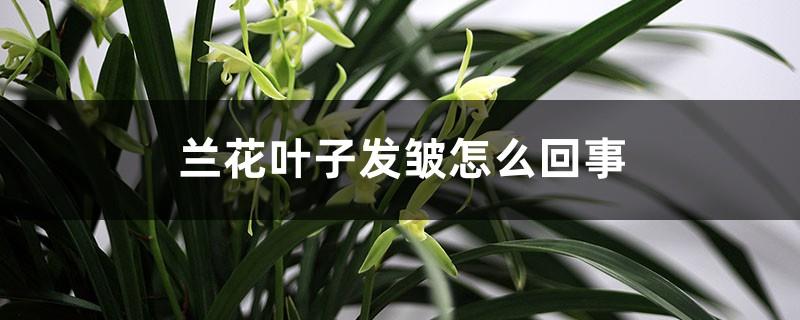Rubber tree cultivation methods and precautions
Last Update :2024.06.05
Article Catalog
5. Prevention and control of pests and diseases
Soil: It needs to be loose and fertile and has a certain water-holding capacity. It can be mixed with leaf mold soil and garden soil. Moisture: Ensure sufficient moisture and no accumulation of water except during the dormant period. Fertilization: Apply a thin liquid fertilizer every 7-10 days. Light: Give it a growing environment with full light, not too dark. Pests and diseases: scale insect damage must be eliminated promptly. In addition, the temperature in winter should not be lower than 5℃ and ensure sufficient water and fertilizer.
1. Soil
1. Soil
The soil requirements for rubber trees are not too strict. It only needs loose and fertile soil with a certain ability to retain water and fertilizer. You can use leaf mold soil and garden soil and mix them evenly in a ratio of 1:2. If conditions permit, you can add a little sand to allow water to pass through, so that it can meet the growth needs of the rubber tree.
2. Water
Moisture must be sufficient, and sufficient water must be ensured at other times except during dormancy. However, water should not accumulate, which will cause root rot of the plant. .

3. Fertilization
Rubber trees also have high requirements for fertilizers. During maintenance, thin liquid fertilizer can be applied every 7 to 10 days to meet its growth needs.
4. Light
Rubber trees need full light during the growth period. They can grow better under sunlight. For example, the leaves will grow to a normal size, thickness, shape, and internodes. It will be tight and the terminal buds will be bright red. A dark environment will cause the leaves to become smaller, the internodes to become longer, the branches to be thin, the terminal buds to be small, and the green color to change from red to green, losing the ornamental characteristics.

5. Prevention and control of pests and diseases
Rubber trees have relatively few pests and diseases. Occasionally there will be damage from scale insects. Once discovered, it can be removed promptly.
6. Precautions
Rubber trees like high temperatures and are afraid of cold, so they must be properly protected if the temperature is below 5 degrees Celsius, and they will suffer frost damage if the temperature is below 5 degrees Celsius. It requires full light cultivation and must be exposed to sunlight to achieve normal and beautiful plant shape. The rubber tree is a plant that particularly likes water and fertilizer. Only sufficient water and fertilizer can meet its normal growth needs.

2. Moisture
3. Fertilization
4. Lighting
5. Prevention and control of pests and diseases
6. Precautions
- END -
What causes wrinkled orchid leaves and how to save them

There are probably three reasons why orchid leaves wrinkle. First, due to excessiv...
Yunshi breeding methods and precautions

Soil: Cucumber can grow anywhere, but it will grow better in soil with good draina...